Rising from the snow and ice up to 12,448ft on Ross Island near the McMurdo Station, Mount Erebus is one of eight or nine active volcanoes on the continent of Antarctica, which has more than 130 in total. Antarctic surveyor James Clark Ross named the volcano in 1841 after one of his ships, HMS Erebus, which was named for the ancient Greek god of the underworld.
Mount Erebus contains one of only five long-lasting lava lakes on Earth, with plumes of gas and steam constantly rising from its depths. What’s more, scientists discovered in the early 1990s that this Antarctica volcano also spews out actual gold dust.
Mount Erebus Antarctica’s Gold Dust Volcano
Mount Erebus is Antarctica’s southernmost active volcano, located on Ross Island. Rising to 12,448 feet, it contains one of five long-lasting lava lakes on Earth.
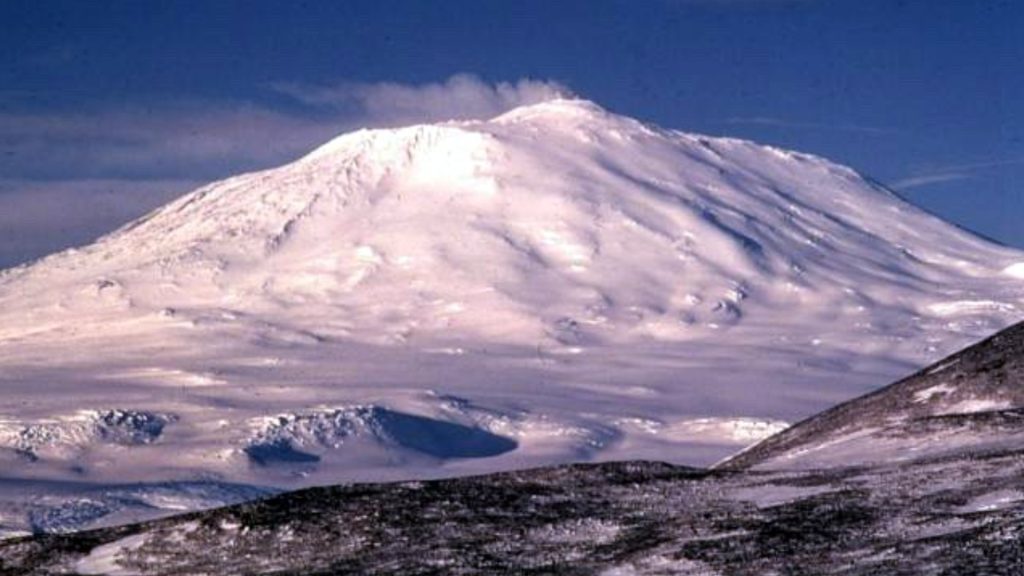
The remote volcano has been spewing gold dust for decades, according to scientists who first noticed gold particles in the snow near it in the 1990s.
Erebus’ Unusual Magma
British volcanologist Tamsin Mather says Erebus has an “unusual chemistry to its magma” that pumps gasses 24 hours a day.
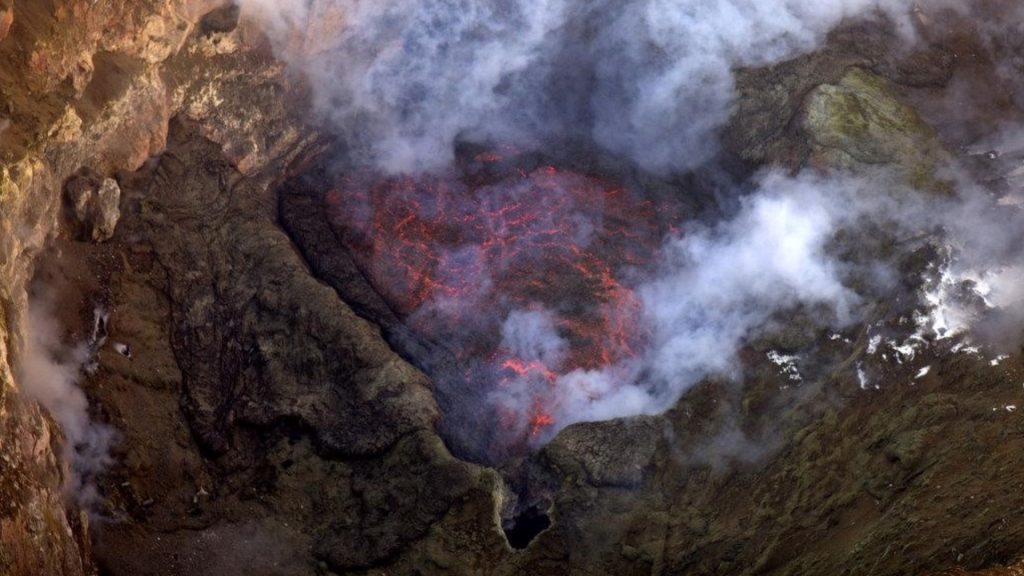
While the gold is too diluted to be easily harnessed, Mather says it may be possible to extract useful metals from volcanic brines to develop green technologies.
Harnessing Metals for a Greener Future
Although harnessing volcanoes’ metallic bounty is difficult, it may be possible to extract useful metals for developing green technologies like batteries.
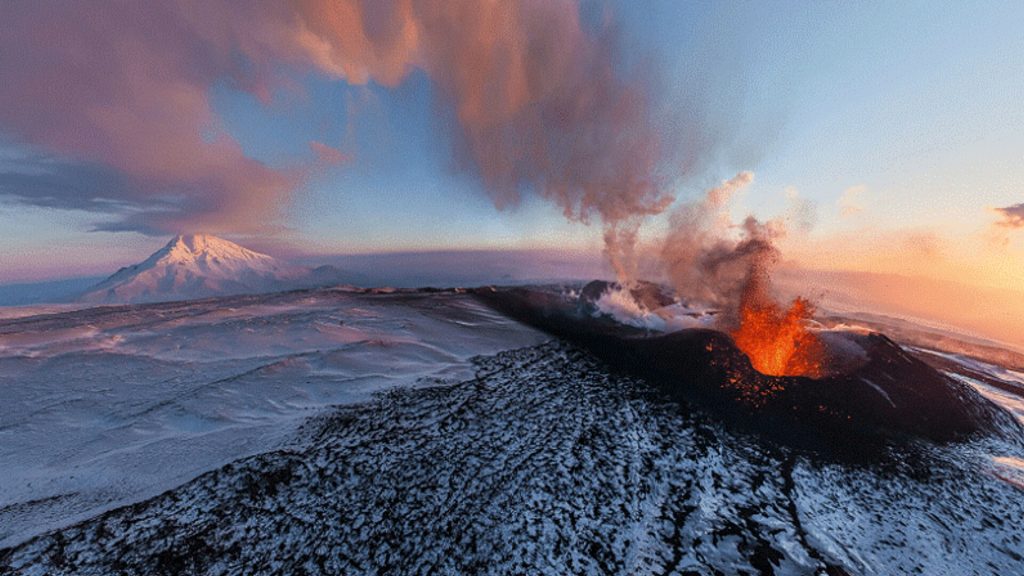
As the world aims for net-zero carbon emissions, critical metals from volcanoes could help drive sustainable energy solutions.
The Unique Geology That Produces Gold
Mount Erebus has an unusual chemistry compared to most volcanoes around the world. According to experts, its magma contains high amounts of gold and other precious metals like copper.
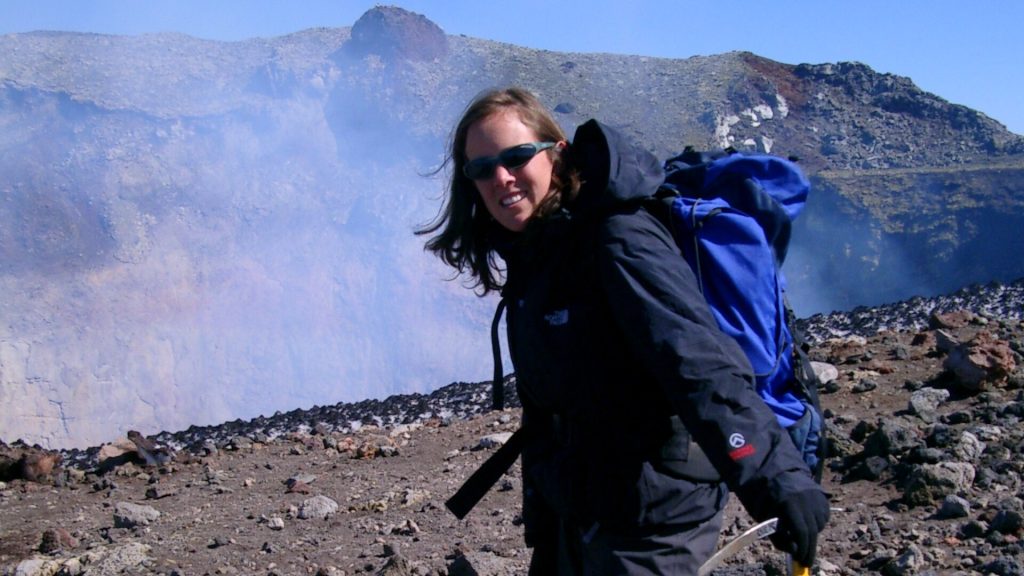
As British volcanologist Tamsin Mather explained, Erebus releases around 80 grams of gold each day, worth about $5,000. The gold comes out in tiny specs, chemical compounds rather than large nuggets.
Estimated Amount of Gold Emissions Per Day
Mount Erebus releases an astonishing amount of gold particles each day through its volcanic emissions. According to scientists, the volcano pumps out around 80 grams of gold daily, which amounts to nearly 3 ounces.
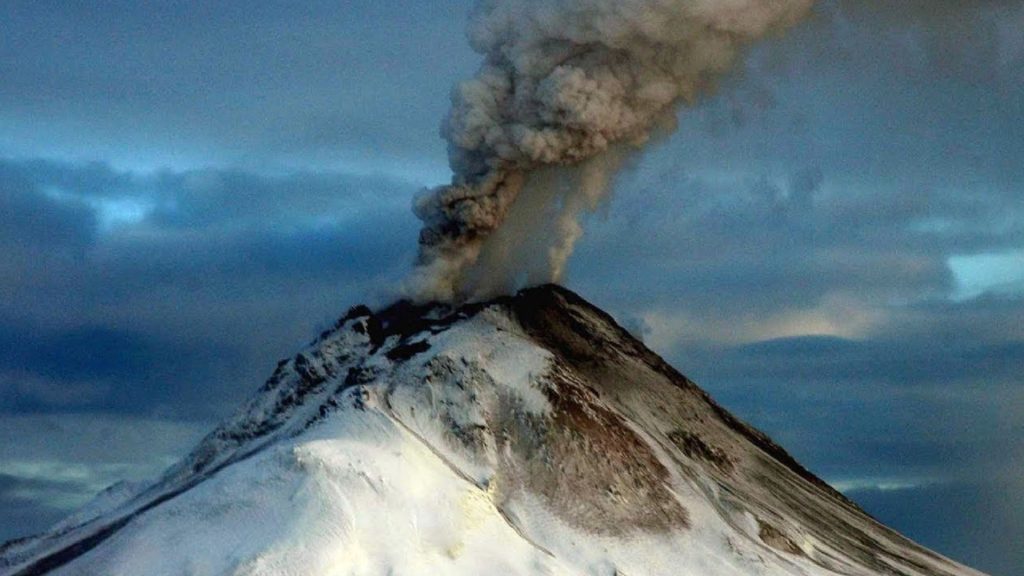
At current gold prices, this would be worth over $5,000 per day. While this seems like a gold mine in the making, harnessing the gold and other precious metals spewing from Mount Erebus is no easy feat.
Other Precious Metals Found in Erebus’ Eruptions
In addition to gold, copper is also released from Mount Erebus during eruptions in small amounts. Copper, like gold, is a precious metal that is indispensable for many electronic components and green technologies.
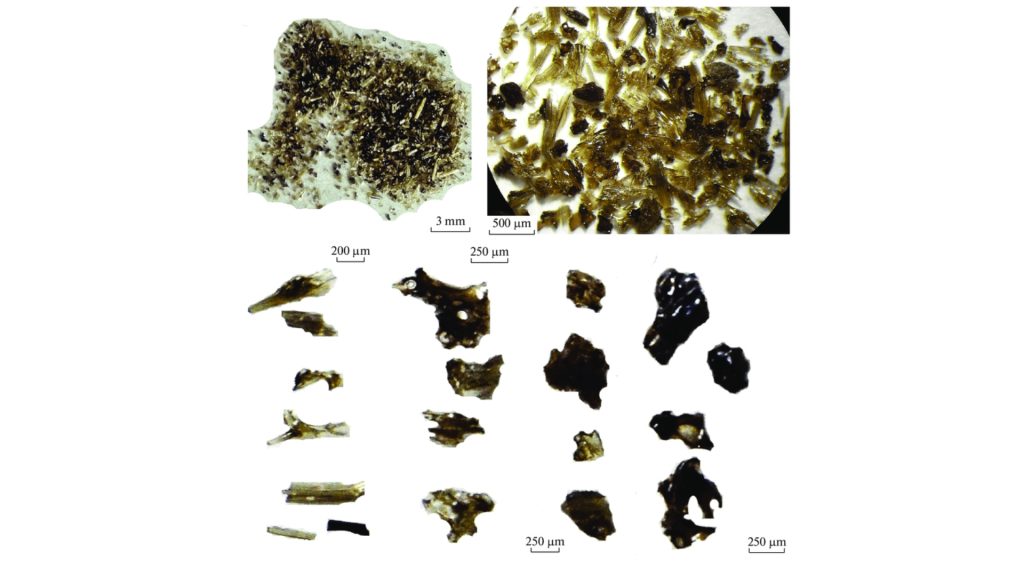
Although the quantities emitted from the volcano are tiny, scientists are exploring ways to extract useful metals from volcanic brines and gasses as a sustainable source for the future.
Difficulties in Harnessing
Although volcanoes represent an exciting new frontier for sustainably sourcing precious and critical metals, Professor Mather cautioned that harnessing the metals is not straightforward.
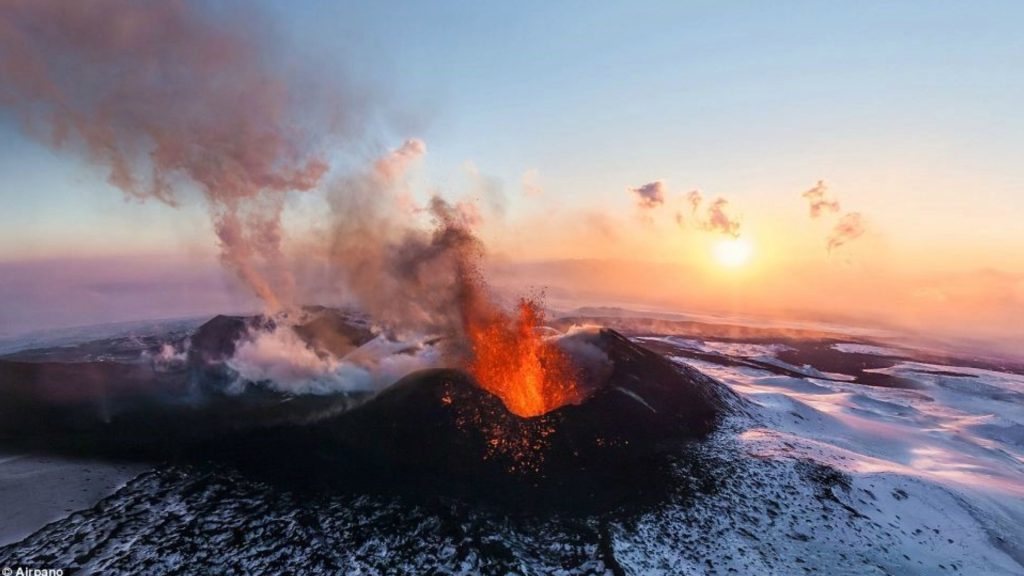
Metals are emitted in tiny amounts and mixed with volcanic gasses, so they are highly diluted. Capturing the emissions from an active, open-air volcano is difficult.
Harsh Environment Proving Harvesting Impossible
The frigid temperatures and remote location of Mount Erebus pose additional problems when harvesting its metallic bounty.
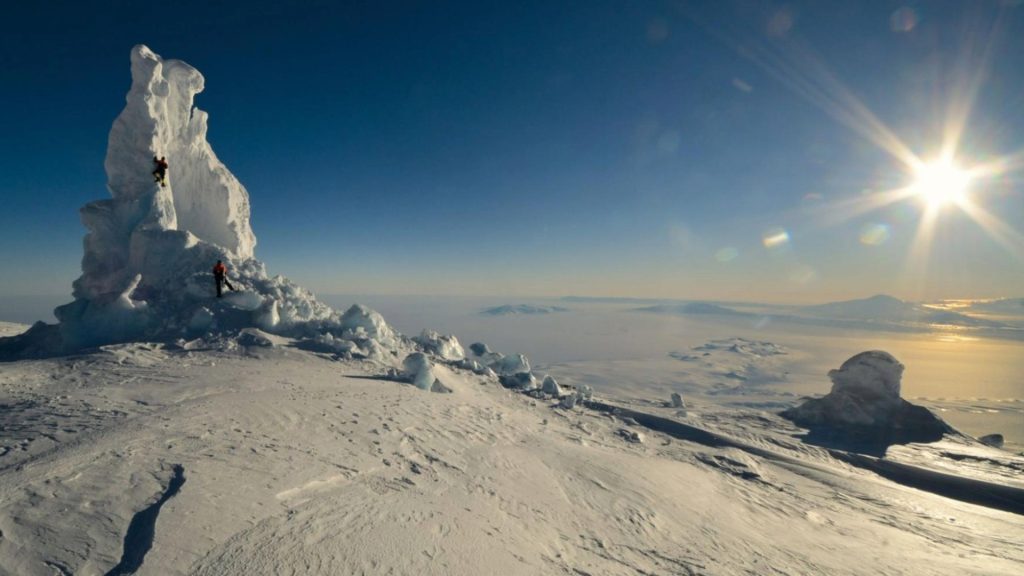
Antarctica experiences extreme cold for most of the year, with average temperatures well below freezing. Operating in these harsh, icy conditions requires specialized equipment.
Possible Solutions
While harnessing the metals directly from volcanic gasses may be challenging, Prof. Mather suggested other options that could be more viable.
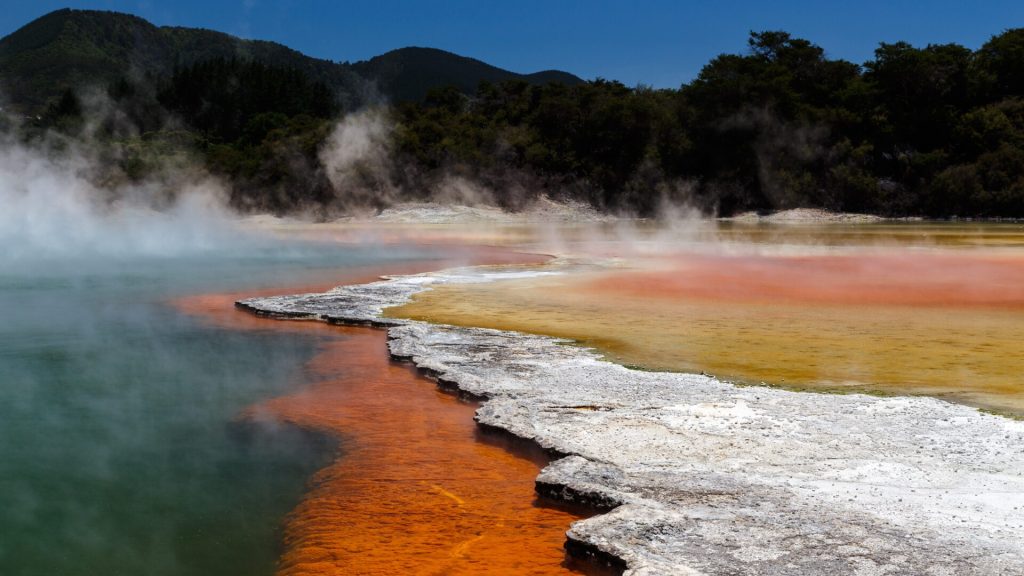
“One way is to ‘see if we can harness the metals in volcanic brines,” she said. Brines are concentrated salt solutions that contain dissolved metals and other minerals.
Potential Applications of Metals Can Be Collected
Mather speculated that renewed interest in Mount Erebus could relate to the world’s increasing demand for rare earth metals and other materials needed for green technology and renewable energy.
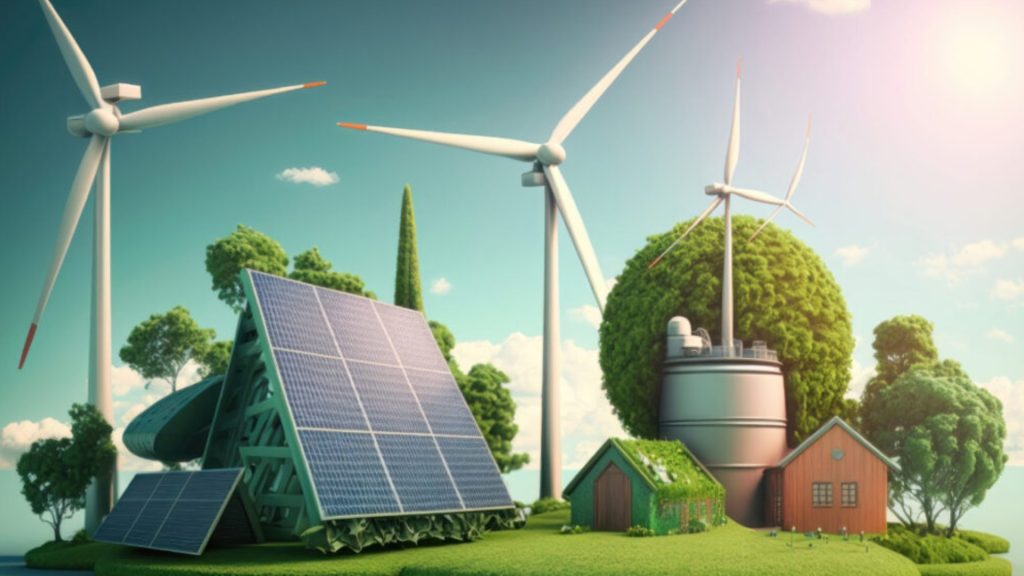
She said, “There is growing awareness of our need for critical metals to drive green tech.” After recently studying volcanoes in Italy and the Caribbean, Mather is exploring ways to tap into the metals they produce.
Other Applications
The gold and other precious metals emitted by Mount Erebus likely have additional applications beyond green technology.
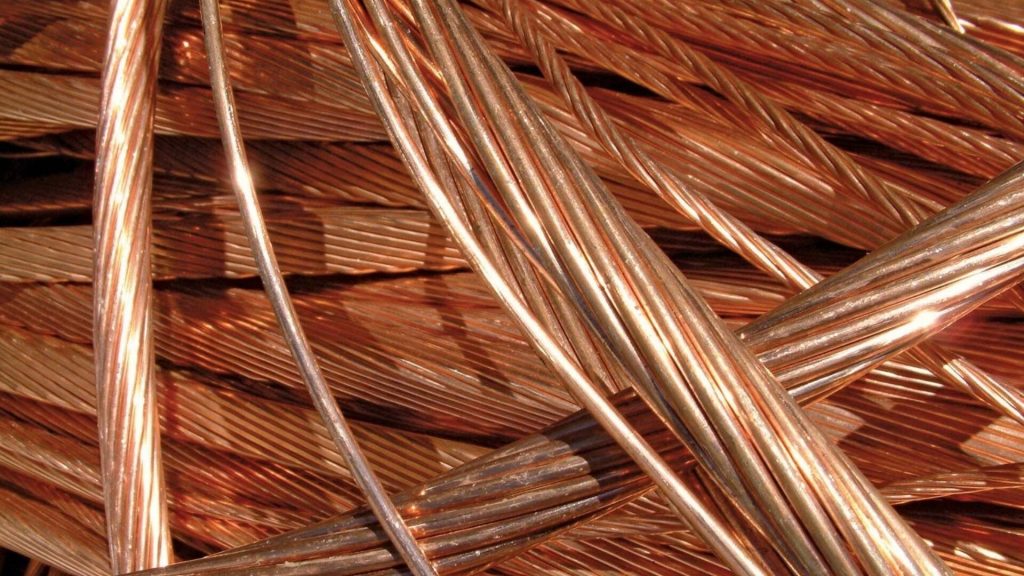
Copper, which Mather mentioned also emerges from the volcano, has many important uses, such as in wiring, plumbing, and integrated circuits.
Notable Eruptions and Disasters at Mount Erebus
One of the most tragic events associated with Mount Erebus was the 1979 crash of Air New Zealand Flight 901. The sightseeing flight slammed into the lower slopes of Mount Erebus, killing all 257 people on board.
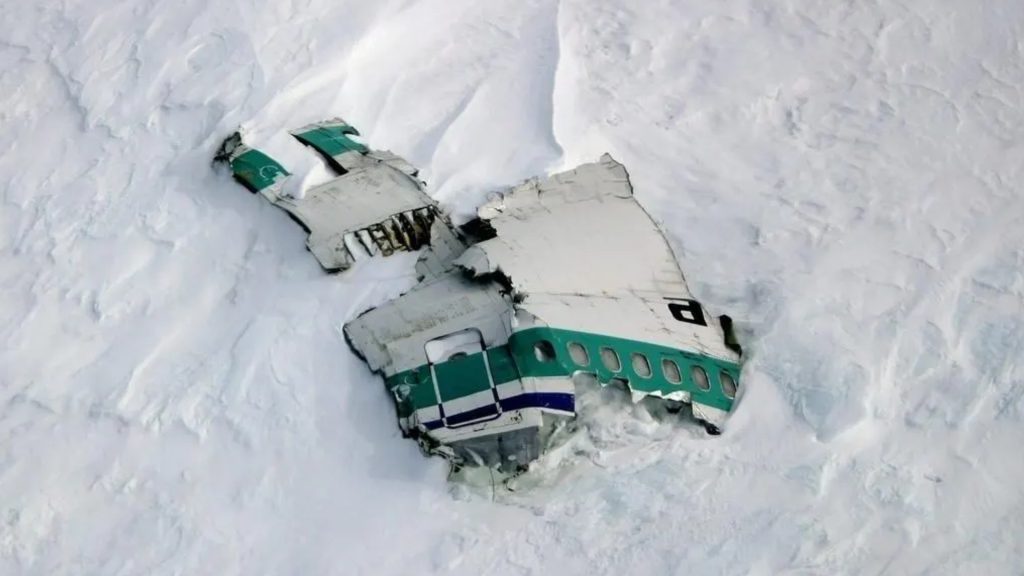
At the time, it was New Zealand’s deadliest peacetime disaster. The crash occurred in whiteout conditions, with pilots descending below the minimum safe altitude in an area with few visual cues.
Visiting Antarctica’s Most Active Volcano
Commercial tours depart from New Zealand and Australia during the Antarctic summer from November to March. The 12-hour flight crosses the notoriously turbulent Southern Ocean before landing on an ice runway near McMurdo Station.
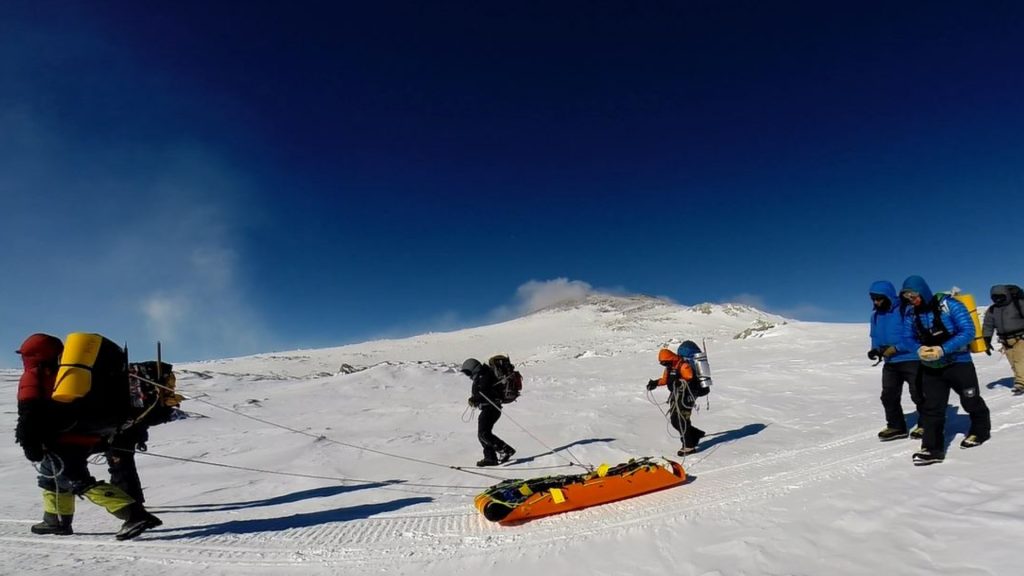
From there, visitors board a helicopter for a 30-minute flight to Mount Erebus. The helicopter lands on a snowfield near the summit, allowing people to disembark and explore the area.
An Unreachable Gold Mine
While Mount Erebus spews gold dust worth thousands of dollars daily, actually collecting the precious metal remains extremely difficult.
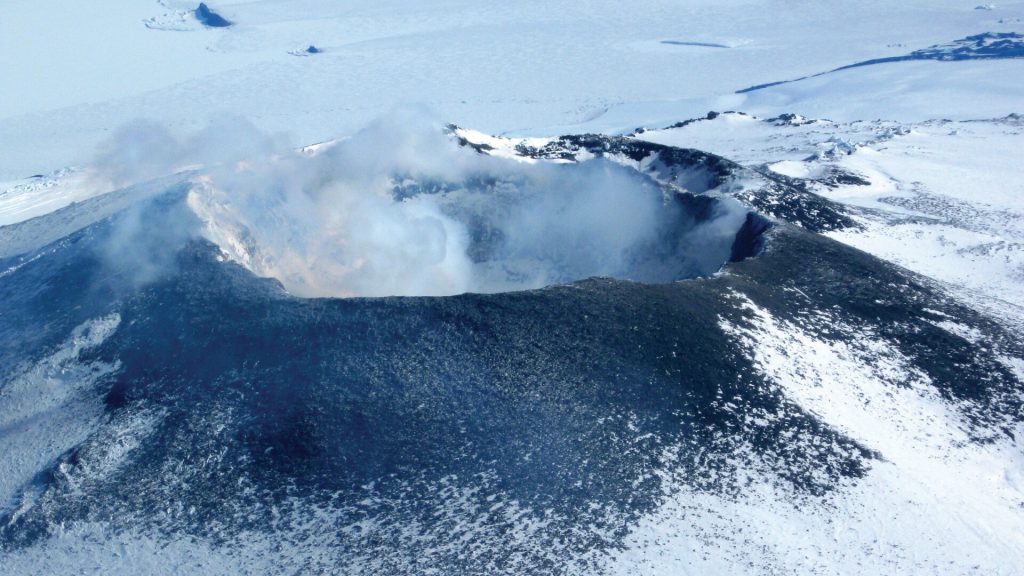
With lava lakes, gas plumes, and lava bombs bursting from its peak, harnessing the gold requires creative thinking. As technology demands more rare earth metals, researchers look to volcanoes as potential new sources.





GIPHY App Key not set. Please check settings